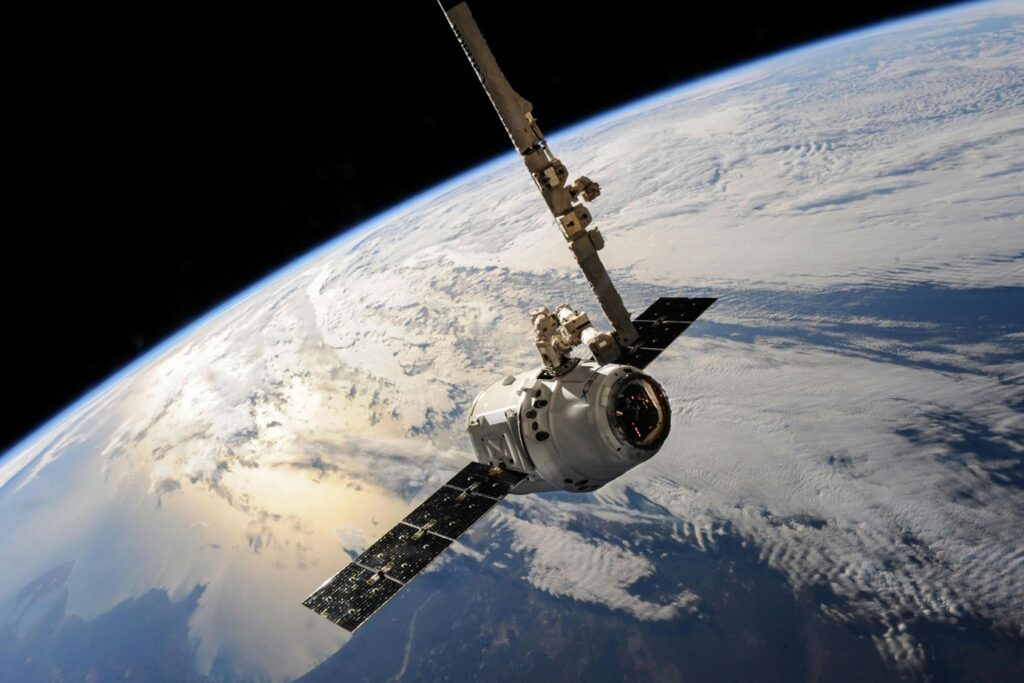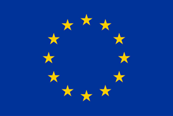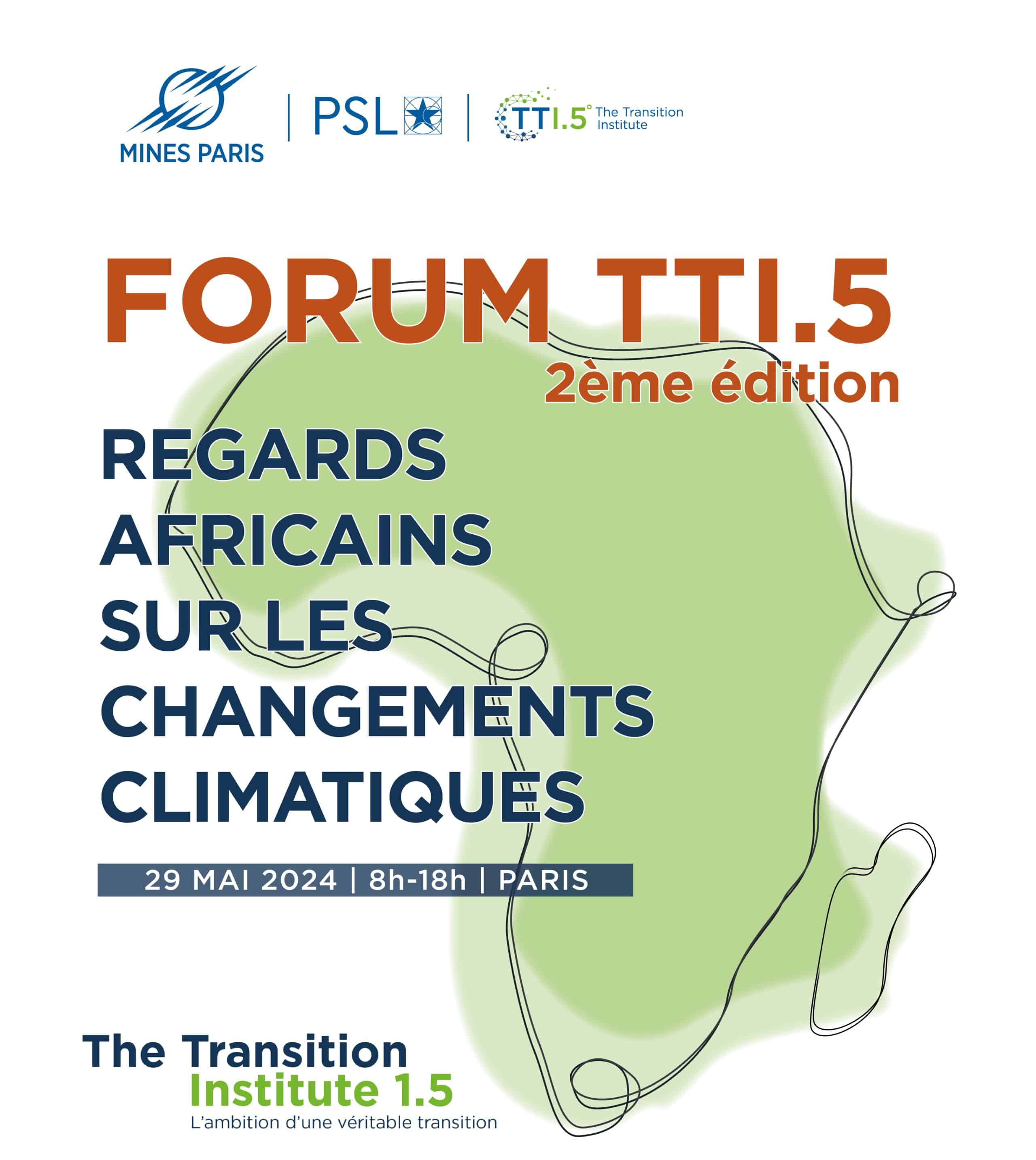e-shape at EuroGEO Workshop: Earth Observation data for the ecological transition


e-shape’s aim is to boost projects that help Europe move forward in the field of Earth Observation (EO). e-shape also leverages the resources of organizations such as Copernicus, EuroGEO and GEO, taking advantage of open science and linking with GEO initiatives. By adopting an approach of co-designing its tools with and for users, e-shape encourages their adoption by researchers, companies and public and private decision-makers, while raising awareness of EO issues.
In this way, e-shape creates tools that support the sustainability of EO activities through open and inclusive processes. EO’s fields of application are vast, covering European and international programs, scientific and R&D initiatives, as well as industrial projects. e-shape’s engagement approach involves making knowledge, technologies, markets and capital available to users in an easy and streamlined way, enabling them to integrate these tools into their daily work. By co-constructing e-shape’s services, users can develop activities that bring concrete benefits to several major societal sectors, particularly in connection with the ecological transition.

e-shape uses Earth Observation data in seven major societal areas:
In a context of ecological transition, food security is crucial for a sustainable future. The data collected by e-shape in the meteorological and soil sectors provides improved information on a global, national and local scale. This helps to develop fields of research, guide decision-making and optimize the development of various industries.
Monitoring environmental pollutants and their impact on public health, via environmental observations, can improve the policy-making process. It also supports the evaluation of the effectiveness of measures taken by States to achieve the objectives of international conventions.
The study of renewable energies fosters multidisciplinary collaborations between research centers, data providers and the private and public energy sectors. This enables the creation of innovative and technologically advanced products and services for the development and management of renewable energies from different European EO sources.
Thanks to the myECOSYSTEM showcase, e-shape offers researchers and environmental assessment professionals access to ecosystem information from a variety of reference sources.
Water resource management requires multi-disciplinary data ranging from inland waters to coastal and ocean areas. e-shape provides a link to most European directives and policies, as well as to the Sustainable Development Goals (SDGs)
Disaster resilience is crucial to everyone’s safety. e-shape provides data on geohazards, extreme weather, fires and floods to protect citizens, economies and ecosystems.
e-shape offers data to public, private and academic users in a range of cases from local to global scales, including seasonal forecas

To optimize the use of its vast resources, e-shape, with the support of the Centre de Gestion Scientifique de Mines Paris – PSL, has developed and adopted a co-design methodology for services based on Earth Observation. Initially intended for scientific purposes, Earth Observation (EO) data is now accessible to all economic players thanks to open data policies. The socio-economic applications of this data are diverse and promising, affecting research communities, public authorities, private companies, universities and citizens. In a report published in May 2024, the World Economic Forum states that Earth observation data could contribute more than €700 billion to the global economy by 2030, and reduce greenhouse gas emissions by more than 2 gigatons, according to the Greenhouse Gas Protocol (GHG Protocol). However, developing practical uses for this data presents a number of challenges.
e-shape brings together highly heterogeneous socio-economic ecosystems. The time cycles of EO data ecosystems and those of potential uses are often very different. For example, the development of new measuring instruments can take much longer than the short action schedules of the companies using the data. What’s more, processing the data requires specific technical expertise, while using it requires a different kind of expertise. Co-design aims to link these varied ecosystems by developing IoT-based services and supporting their long-term dynamics.
As part of this approach, e-shape designs and tests a co-design model that takes into account the specificities of the IoT, in collaboration with its partners. A diagnostic process is put in place to help pilots structure their co-design strategy by identifying relevant actions over different time horizons. In addition, rigorous protocols are established for carrying out co-design actions, ensuring the growth and resilience of the EO ecosystem.
Thanks to its work, e-shape has initiated a change of mindset in favor of sustainability, integrating the use of information and communication technologies. The project has mainstreamed the use of business processes to ensure the sustainability of each pilot project, and has reinforced the adoption of GEO principles within the Earth Observation (EO) community. By deploying a multi-channel dissemination strategy, including the web, social networks and various scientific organizations, e-shape has succeeded in reaching a wide audience in a multi-disciplinary way.
The systematic study of the sustainability and effectiveness of its methods, and the creation of a best practice guide for EU bodies, have solidified the project’s reputation for quality and rigor. This has reinforced e-shape’s influence on political decision-making.
However, the unbalanced maturity levels of countries in terms of technology, research and innovation underline the fragmentation of Europe. These disparities highlight the need to tailor capacity-building and support services to the specific needs of each region. In the face of this heterogeneity, e-shape demonstrates the need to build, through research and development (R&D), the foundations for future dedicated services, thus establishing itself as the best common player in the EO field.
(Ressources sur les résultats d’e-shape)

This project has received funding from the European Union’s Horizon 2020 research and innovation program under grant agreement no. 820852.

On Wednesday, May 29, 2024, The Transition Institute 1.5 is pleased to host its second Forum in Paris on the theme: “African Perspectives on Climate C...